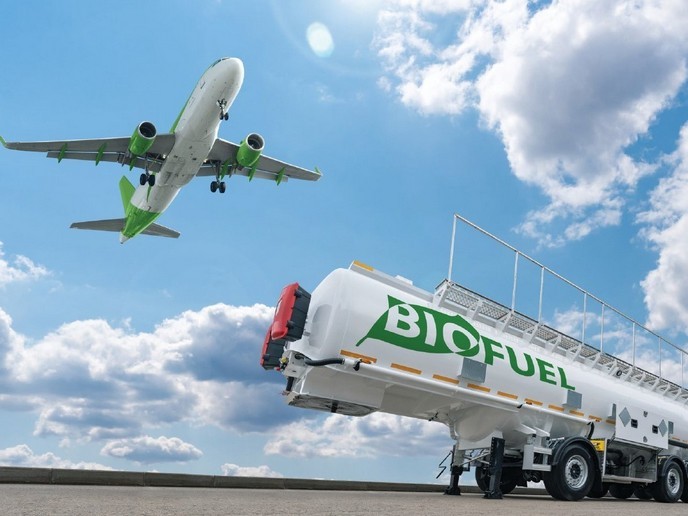From biomass residues and waste to drop-in aviation fuels
Transportation is one of the largest generators of greenhouse gas emissions. It contributes approximately one fourth of global direct CO2 emissions from fuel combustion. Advanced liquid biofuels could play a significant role in achieving the goals of the European Green Deal, particularly a 90 % reduction in transport emissions(opens in new window) and climate neutrality by 2050. The EU-funded HyFlexFuel(opens in new window) project brought together 11 European partners with expertise throughout the biofuel production chain. The team successfully turned a wide variety of low cost, abundant and sustainable feedstock into advanced biofuels. They also valorised organic and inorganic components in residual process streams, laying the groundwork for a circular and sustainable economy for the transport sector.
Hydrothermal liquefaction of biomass and waste to biocrude, flexibly and sustainably
Hydrothermal liquefaction(opens in new window) (HTL) is an emerging biofuel technology that can produce renewable transportation fuels by converting a plethora of biomass types into crude-like bio-oil under moderate temperature and high pressure. Through a comprehensive experimental and theoretical campaign to industrial-scale pilots, the HyFlexFuel team successfully demonstrated the full fuel production chain. According to Valentin Batteiger, “HyFlexFuel produced transportation fuels including gasoline, jet fuel and diesel via HTL conversion of diverse feedstock (sewage sludge, algae and wheat straw) and upgrading to drop-in(opens in new window) fuels in an industrial environment.” The demonstrations within the HyFlexFuel project included 48 hours of continuous HTL biofuel production and more than 300 continuous hours of upgrading via the appropriate choice of process design and catalysts. A blend of HTL kerosene and conventional jet fuel was successfully validated in a laboratory-scale gas turbine engine.
More than biocrude: biogas and fertiliser products
Biocrudes are not the only HTL product. Typically, 90 % of the throughput of an HTL plant is process water containing a significant amount of minerals and organics. HyFlexFuel investigated the methane production from the organic content and produced biogas from the process water. These gases could be used, for example, for on-site electricity and heat generation. The project also recovered nitrogen and phosphorous from the process water and solids and phosphorous from the HTL of sewage sludge. “The integration of HyFlexFuel technology in wastewater treatment is particularly interesting as it can be used to destroy micropollutants, recover phosphorous and produce fuels, contributing to a circular economy,” notes Batteiger.
Accelerating the transition to sustainable transportation
Process models helped to evaluate the economic and environmental performance of HTL fuel production. In the case of sewage sludge conversion, near-competitive production costs and greenhouse gas reductions of more than 80 % can be achieved. However, although the corresponding market value exceeds EUR 1 billion, only a small fraction of European fuel demand can be covered. Therefore, further research should focus on the conversion of more abundant advanced feedstock, such as manures and straw, as well as more resource efficient conversion schemes, e.g. by coupling with green hydrogen production. To support sustainability and a road forward, the project also quantified and mapped the availability and density of residues and waste streams across Europe to identify suitable locations for HTL plants. HyFlexFuel has achieved an advanced biofuel breakthrough that could make a substantial contribution to the European Green Deal and carbon neutrality by slashing the transport sector’s substantial emissions. Insights and experience from HyFlexFuel will also contribute to the Horizon Europe-funded project CIRCULAIR that investigates aviation fuel production from manures and straws via HTL.







